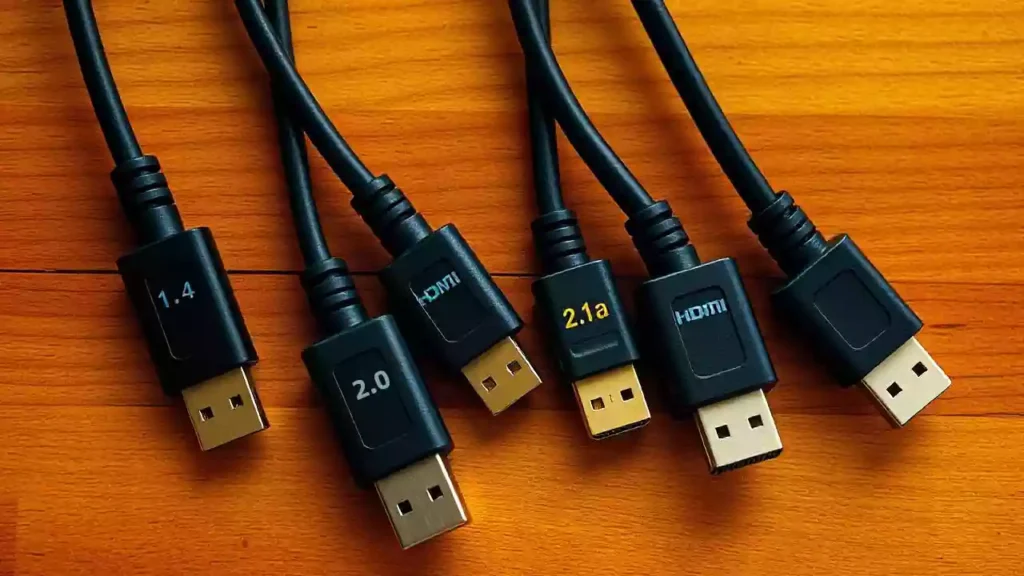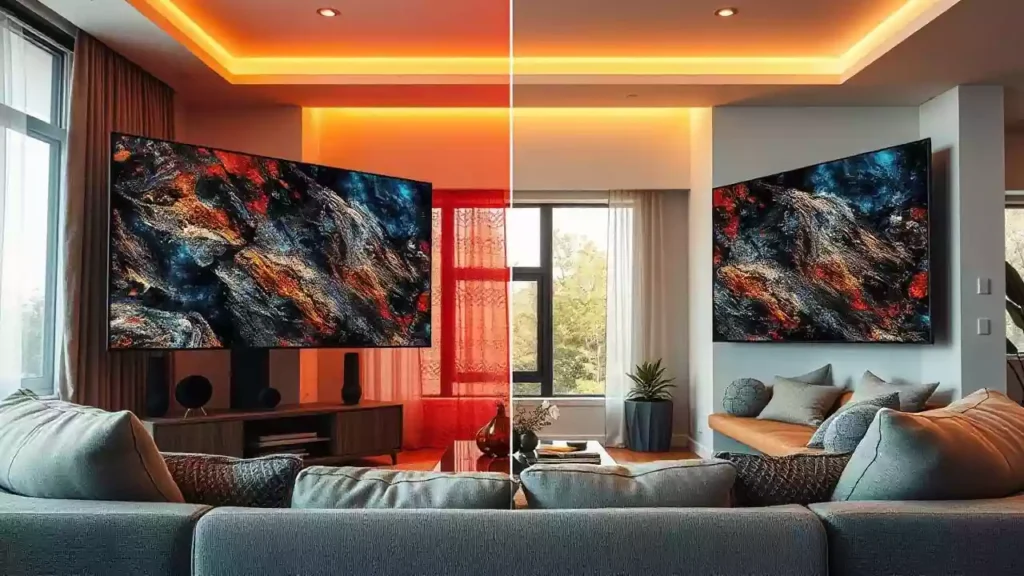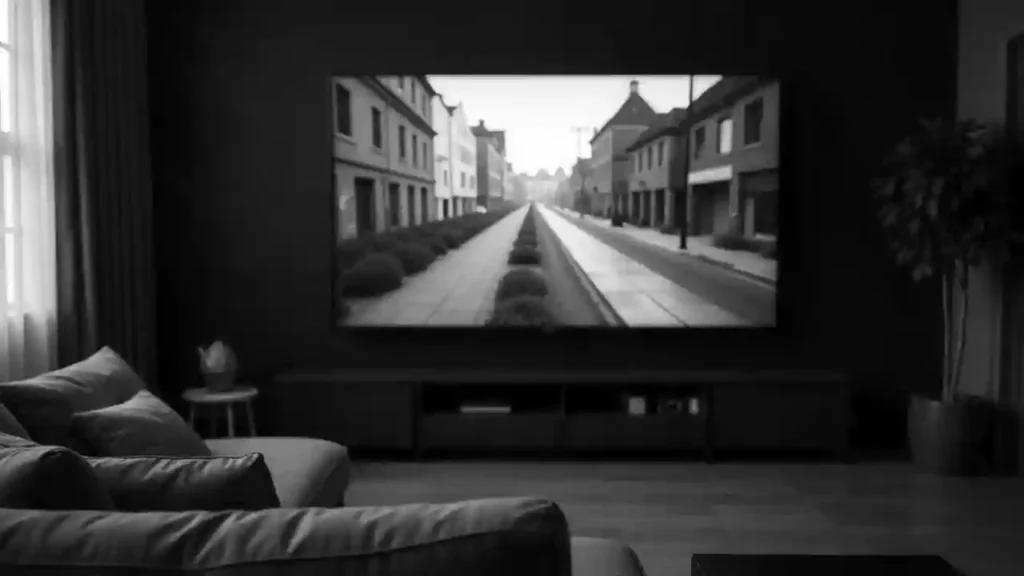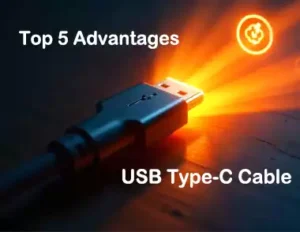
Table of Contents
Introduction
With the rise of 4K content from streaming services, gaming consoles, and Blu-ray players, ensuring your HDMI cable can handle this high-resolution content is essential. But how can you be sure your HDMI cable supports 4K? Not all cables are created equal, and using the wrong cable can result in degraded video quality, signal dropouts, or no signal at all.
In this ultimate guide, we’ll walk you through the steps to determine if your HDMI cable supports 4K. From understanding HDMI versions to performing simple tests, we’ve got you covered to make sure you enjoy the best video quality possible.
What Does 4K Support Mean for HDMI Cables?
Before we dive into how to identify if your HDMI cable supports 4K, it’s important to understand what 4K support means in the context of HDMI cables.
What is 4K?
4K resolution (also known as Ultra High Definition or UHD) refers to a display resolution of 3840 x 2160 pixels. This provides four times the pixel count of Full HD (1920 x 1080 pixels), offering sharper and more detailed images. The term “4K” has become the gold standard for high-quality content, and to fully experience 4K resolution, both your TV and the device sending the signal need to support it.
HDMI Versions and 4K

The HDMI specification has evolved over time, with different versions supporting various features. When it comes to 4K content, the key versions HDMI cables are HDMI 1.4, HDMI 2.0, and HDMI 2.1.
- HDMI 1.4: Introduced in 2009, HDMI 1.4 can support 4K at 30Hz, but it’s not ideal for smooth 4K playback. If you’re looking for a solid 4K experience, HDMI 1.4 might not cut it.
- HDMI 2.0: This version, released in 2013, is the real game-changer for 4K. HDMI 2.0 supports 4K at 60Hz, which is crucial for smooth motion and high-quality video.
- HDMI 2.1: The latest version, HDMI 2.1, supports 4K at 120Hz and even higher resolutions like 8K, along with advanced features such as Dynamic HDR and enhanced bandwidth for gaming.
Bandwidth Requirements for 4K
4K video requires a lot of data to be transferred between devices. For 4K at 30Hz, you’ll need a bandwidth of at least 10.2 Gbps. To fully enjoy 4K at 60Hz, your HDMI cable needs to support up to 18 Gbps. HDMI 2.1 increases the bandwidth to 48 Gbps, which is essential for 4K at higher refresh rates and future-proofing your setup.
How to Identify Your HDMI Cable Version
So, how do you figure out which version your HDMI cable is? Here are a few ways to identify it:
Look for Labels on the Cable
HDMI cables often have some form of labeling printed directly on them. The most common labels you’ll encounter include:
- Standard High Speed HDMI Cable: Typically supports 1080p or 4K at 30Hz.
- High Speed HDMI Cable: Supports 4K at 30Hz or 60Hz, depending on the cable.
- Premium High Speed HDMI Cable: Designed to deliver 4K at 60Hz, including HDR support.
- Ultra High Speed HDMI Cable: Supports 4K at 120Hz, 8K, and higher refresh rates, and is certified to handle the latest HDMI 2.1 features.
Cable Length and Performance
The length of the cable can affect its performance, especially with 4K content. Longer cables (over 10 feet) may suffer from signal degradation, which can impact video quality. For the best 4K experience, stick to shorter cables (less than 10 feet) unless you’re using a high-quality, well-shielded cable designed for longer distances.
Certification
Look for HDMI certification logos on the packaging, such as the Premium HDMI Cable or Ultra High Speed HDMI Cable logo. These certifications ensure that the cable meets strict standards for 4K or 8K support.
Key Signs Your HDMI Cable Supports 4K

Not sure whether your HDMI cable supports 4K? Here are some key indicators:
Supports 4K Resolution & Refresh Rate
The most obvious sign your HDMI cable supports 4K is whether it can transmit 4K resolution. But it’s not just about the resolution. You also need to consider the refresh rate. A cable that supports 4K at 60Hz (or higher) is necessary for smooth playback of fast-moving content such as sports or gaming.
HDMI 2.0 or 2.1 Support
For full 4K support, your cable must be HDMI 2.0 or HDMI 2.1. HDMI 1.4 cables might support 4K, but only at lower refresh rates (typically 30Hz). HDMI 2.0 and 2.1 allow you to enjoy 4K at 60Hz or higher, with HDMI 2.1 providing support for higher resolutions and refresh rates (up to 120Hz for 4K).
HDR Compatibility
High Dynamic Range (HDR) enhances the color and contrast of your picture, and it’s an important feature for a true 4K viewing experience. HDR requires a compatible HDMI cable, and cables that support HDR10 or Dolby Vision are essential for full 4K support.
Color Depth
4K content typically uses a 10-bit color depth, which allows for smoother gradations of color. If your HDMI cable supports 10-bit or 12-bit color depth, it is likely compatible with 4K content.
Tests to Check if Your HDMI Cable Supports 4K
To be absolutely sure your HDMI cable supports 4K, here are some simple tests you can perform:
Use a 4K TV and Source
The first test is to connect your HDMI cable to a 4K-compatible TV and source device (like an Apple TV 4K, gaming console, or Blu-ray player). Set the TV to its native 4K resolution, and ensure the source device is outputting a 4K signal. If the image looks sharp and clear, your cable is likely up to the task.
Adjust Display Settings
On your 4K TV, go to the display settings and check the resolution. If the TV detects 4K resolution and the image appears without any issues (such as flickering or distortion), your HDMI cable is likely 4K-ready.
Test Bandwidth and Signal Strength
Use software or diagnostic tools designed to test the bandwidth and signal strength of your HDMI cable. These tools can identify whether your cable is transmitting the required bandwidth for 4K video.
Try Different HDMI Ports
Sometimes, certain HDMI ports on a TV or device only support certain features. Check the specifications of your TV to ensure you’re using the HDMI port that supports 4K (usually labeled as HDMI 2.0 or HDMI 2.1).
3 Common HDMI Cable Issues with 4K Content

If you’re encountering issues with your HDMI cable while streaming 4K content, here are some common problems and solutions:
Signal Dropouts
Signal dropouts can happen if your cable is not capable of handling the high bandwidth required for 4K. To fix this, try using a shorter cable or a higher-quality, certified Ultra High Speed HDMI cable.
Picture Artifacts
Artifacts like screen tearing, pixelation, or color inconsistencies can occur if your cable can’t support the resolution or refresh rate. Upgrading to a Premium or Ultra High Speed HDMI cable can resolve this issue.
Compatibility Problems
Sometimes, even a 4K-capable cable might not work correctly if your TV or device isn’t fully compatible. Make sure both your TV and source device are set up for 4K output, and that your HDMI cable is properly inserted into the correct HDMI port.
How to Choose the Right HDMI Cable for 4K
When shopping for an HDMI cable that supports 4K, keep these factors in mind:
Types of HDMI Cables for 4K
- High-Speed HDMI Cables: Good for 4K at 30Hz or 60Hz.
- Ultra High-Speed HDMI Cables: Best for 4K at 120Hz, HDR, and even 8K video.
Recommended Brands
Brands like Cablink, which specialize in high-quality HDMI cables, often offer premium options for 4K video. Look for cables that have been certified to meet HDMI 2.0 or 2.1 standards.
Future-Proofing
For those planning to upgrade their setup or future-proof their gear, opt for HDMI 2.1 cables. These cables support next-gen technologies, including higher resolutions, higher refresh rates, and enhanced gaming features.
Conclusion
Knowing whether your HDMI cable supports 4K is crucial for getting the best viewing experience from your devices. By understanding HDMI versions, recognizing key features, and performing simple tests, you can easily determine if your cable is 4K-ready. For a future-proof setup, always opt for a high-quality, certified HDMI cable—like those from reputable brands such as Cablink—that meets the HDMI 2.0 or 2.1 standards.
Make sure you’re using the right cable for your 4K content, and you’ll enjoy a stunning visual experience.



